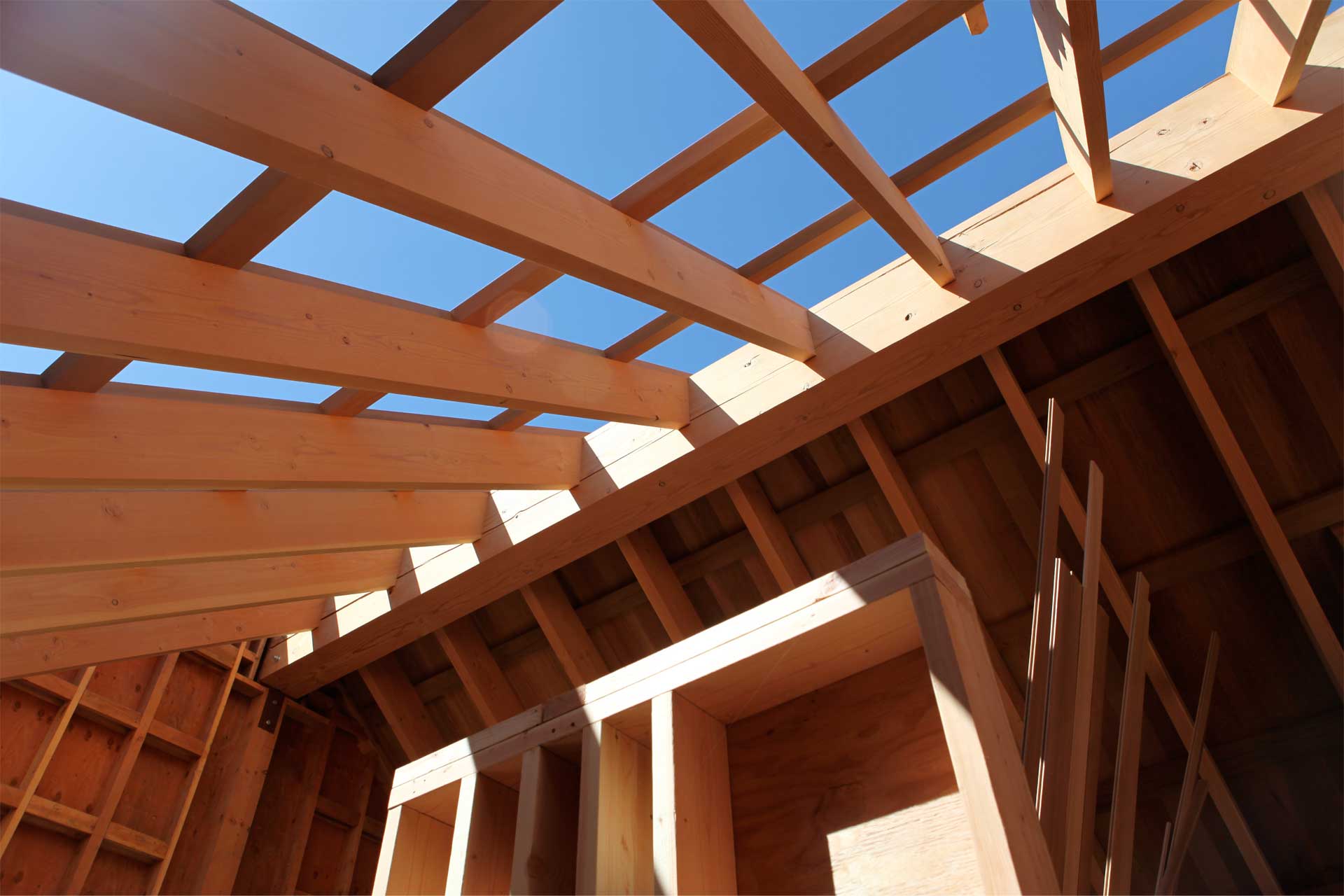LIGHTING
Natural light is sole source of light during daylight hours. Connected load less than 1 watt per square foot with all lights on at full power.

- Uses the most efficient light sources available, LED and compact fluorescent, no incandescent bulbs are used anywhere in the house.
- Ceiling surfaces illuminated to increase brightness while reducing glare.
- All ambient, task, and accent lighting is separately controlled so occupants can use just the light that is needed.
- Similarly, dimming controls are used to reduce energy use and provide just the light that is needed while extending lamp (bulb) life.
- Lighting is integrated with the architecture to conceal light sources, eliminate glare and reduce visual clutter.
- Motion sensors turn off all lights; turning lights on requires manual activation.
- Wiring designed for future higher efficiencies as lamp technologies improve. Current wiring is designed to handle the power requirements of LEDs at their current state of technology. Because the LED technology is improving so rapidly, the same amount of light will be produced with lower power in years to come. LED manufacturers are providing the same light output "units" and reducing the power requirements. When the time does come to replace light sources, the power will be lower than the current units.
- Exterior lighting provided primarily for safety, minimized to limit light pollution; uses all-LED and integrated transformers to reduce wiring runs.
LED Lighting
Display More [+]Light-emitting diode, no filament
Why that matters:
- Incandescent and halogen lamps use a filament that gets hot and glows to produce light. This filament eventually breaks over time and use. Fluorescent lamps use electrodes that, like filaments, break after many on and off cycles. LEDs don't have any of these small parts that can "break." As long as they stay cool, the solid-state nature of the technology lasts significantly longer. In fact, at the end of the LED life, they have just gotten dimmer, and don't actually "burn out."
- Efficacious, efficient, and directional light source uses less than 20 percent of the power consumption of incandescent lighting.
- Lamp life up to 50,000 hours.
- LED lighting is dimmable for additional savings.
- Use of “remote phosphor” LED technology to produce light with great color and color rendering.
- Multiple applications: accent lighting, up lighting, decorative, cove lighting, task lighting.
- The Project

